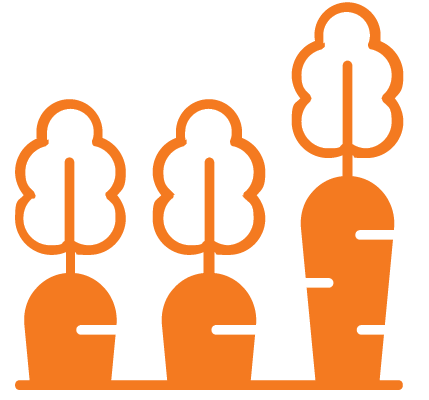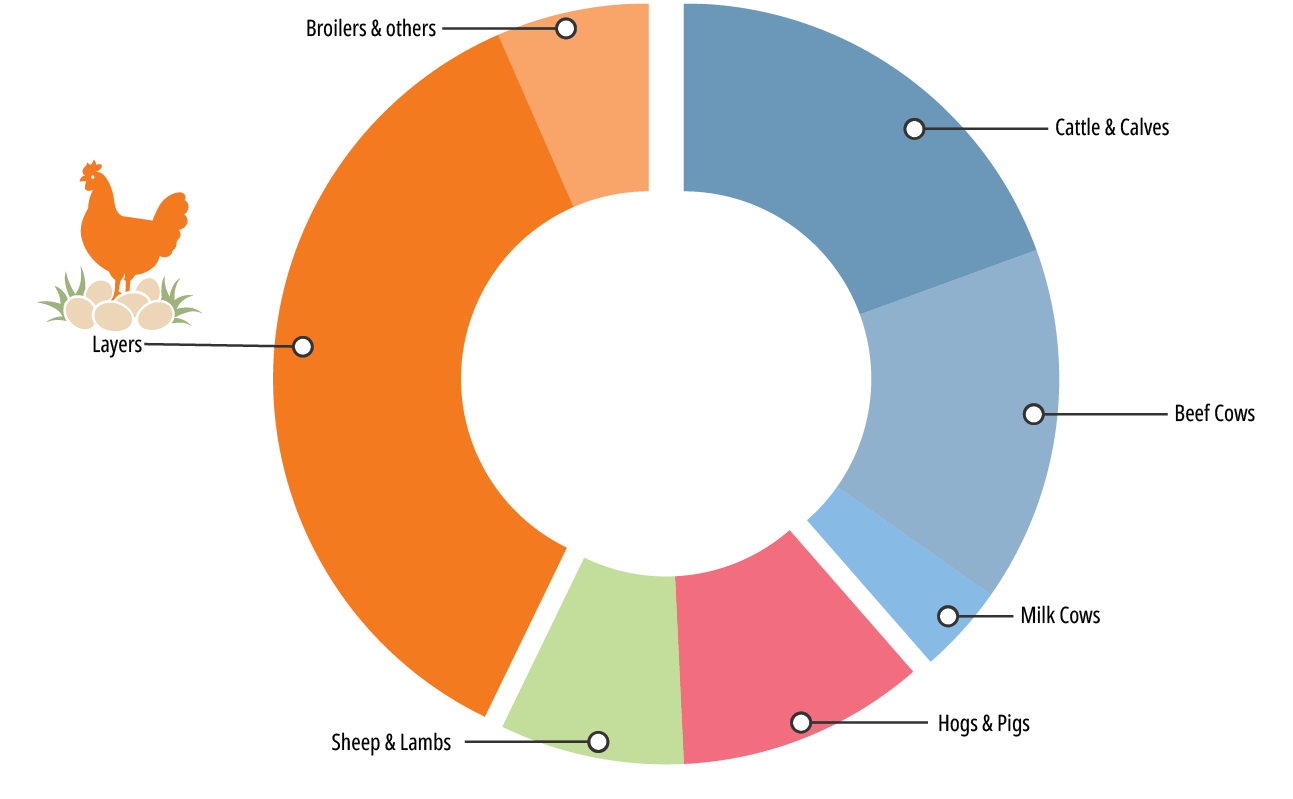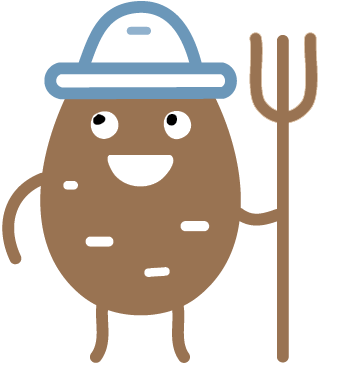Alaska Trends
hile studying political theory and philosophy at Hunter College in New York City, Leah Moss sold apples for a living. She then helped start a restaurant in Texas, and when she moved north, she became the spokesperson for the Alaska Food Policy Council. Although she’s left that position, Moss continues the outreach work. Her article “Collaboration at the Core” reports on the council’s working groups in the areas of advocacy, hydroponics, traditional foods, food waste, and food hubs.
The council is a perpetual nonprofit, whereas the Alaska Food Strategy Task Force was established in 2022 to inform the Alaska Legislature. The top recommendation of the task force’s 2024 report was to elevate the Division of Agriculture within the Alaska Department of Natural Resources to its own cabinet-level Department of Agriculture and to consolidate relevant offices from other departments. In March, the Alaska House and Senate blocked the governor’s executive order to establish the department, but lawmakers were open to pursuing the task force’s recommendation by statute.
Appendix E of the task force report cites a federal census of agriculture published in February 2024, using data from 2022. It shows that the top crops in Alaska are hay, cattle, and flowers. The median size of farms is 12 acres; half of farms are smaller than 12 acres, but some very large farms skew the average size to 742 acres. Just 45 percent of farmers work at it full time; the majority hold day jobs elsewhere. And busy, busy bees produced 28,941 pounds of honey in 2022, from 597 colonies around Alaska.
This edition of Alaska Trends reaps some other findings from the census.





321 acres are planted with potatoes.


Less than 1% of that land is irrigated.
